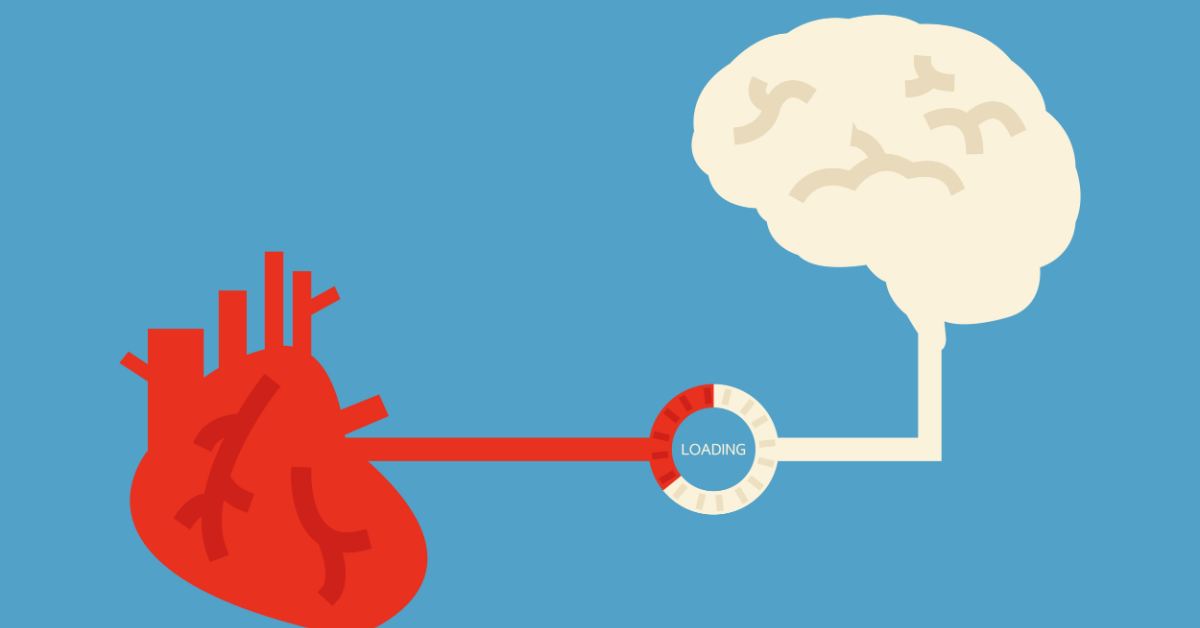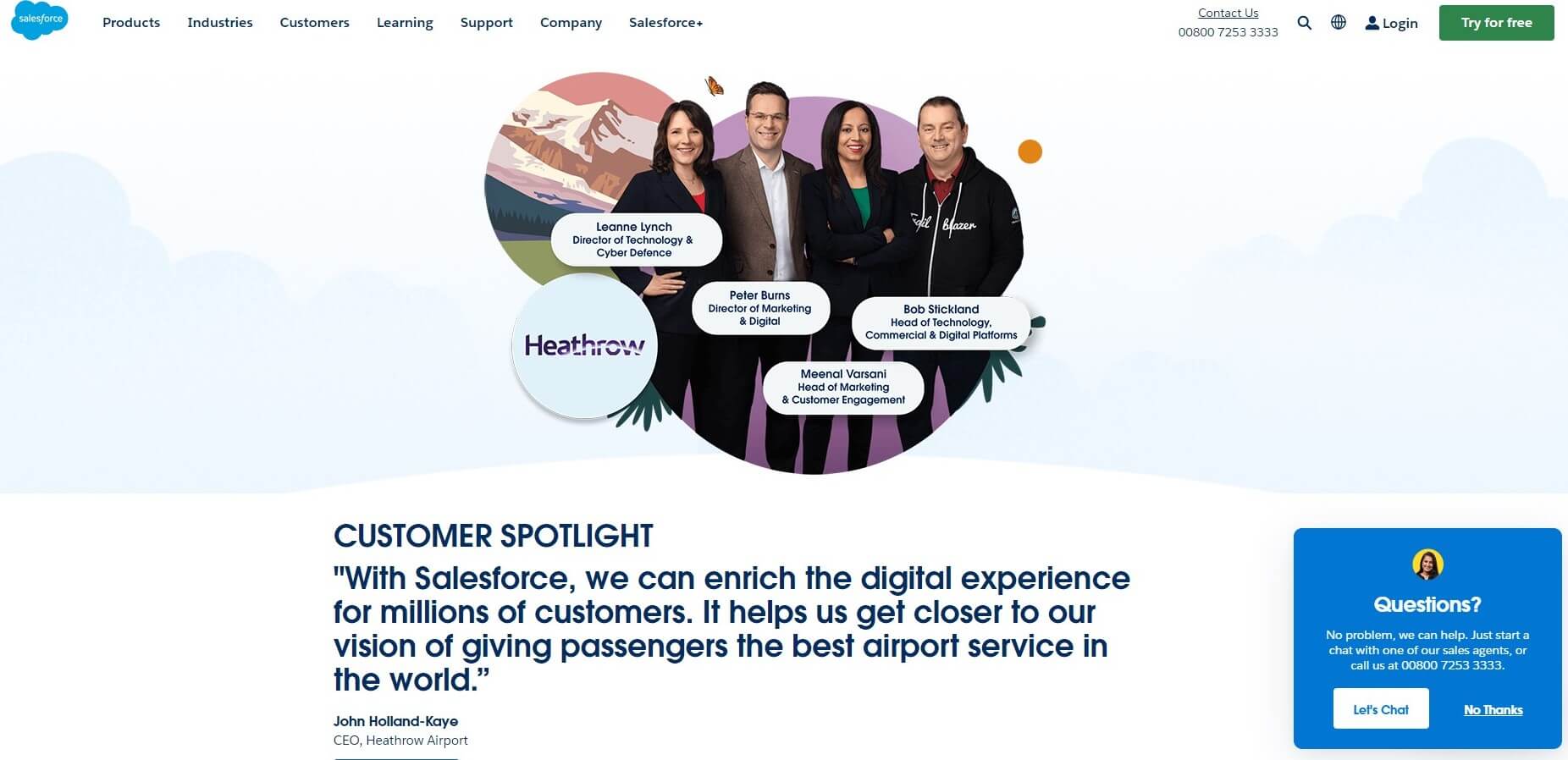There are many misconceptions of business-to-business (B2B) marketing. Some believe that it’s dull. Others think that it lacks an emotional core. However, such critics aren’t feeling B2B’s pulse correctly. Read on to understand how you can make sure your B2B products or services are being marketed in a way that your audience will respond to.
Many associate emotional buying behaviour with Business-to-Consumer marketing and advertising, where personal preferences and feelings play a significant role in the customer journey. However, the logical brain and emotional heart carry equal weight in B2B buying behaviour. Plus, research has long suggested that emotions indeed play a vital role in the B2B buying decision process…and maybe even more so than B2C.
The role of emotions in B2B buying behaviour
Principally, the role of emotions in B2B is to influence decision making. It’s to get prospective clients to fill out your contact form, sign up to a subscription of your service or make a phone call. Every time your clients have reached either of those steps in the B2B customer journey is because you’ve touched a nerve (in a good way). You’ve demonstrated that your solution or service is the best fit for their needs. And now they want it, or at least want to find out more.
But trying to influence buyer behaviour is just the beginning. Next up is forging and building long term relationships. Your solutions and services aren’t just a one-off purchase – they’re a long-term investment. And your clients aren’t just buying it for themselves. It’s for a whole company. They’re trusting you to deliver for them and their organisation. Connecting with your clients, going beyond just their key needs, and scoping out more areas for improvement and development is vital to create an unshakeable emotional bond.
Emotional factors affecting buyer behaviour in B2B
If you’re still on the fence when it comes to emotions influencing buying behaviour in B2B, then think back to some of the most basic factors that drive B2B purchases in the first place. Trust, security, loyalty and satisfaction. But there are stronger, deeper emotions at play.
Let’s take a look:
Fear
We’re talking about the fear that is associated with avoiding negative outcomes or potential risks. Businesses want to be confident in their purchasing decision making as B2B carries higher risks than consumer purchases. When prospective clients are debating whether to go with you or not, assessing long-term risk, both financial and reputational, will be a major factor.
And then there’s the fear of missing out (FOMO). Think of exclusive offers that create a sense of urgency, or the latest tech that everyone is gravitating towards (generative AI, for example). Such promotions are not limited to B2C. By harnessing similar techniques, you’ll create a powerful emotional trigger that will influence your clients to take action.
Desire
Desire is arguably one of the most powerful emotional motivators for purchase decisions. Simply put, when your clients desire a product or service that address a nagging pain point, they are compelled to acquire it. But how is it possible to create desire in B2B? A great method is to offer a free trial option or a video tutorial. By getting a taster of your products and services, your clients can see how their operations will be transformed. Which will make them desire your services even more.
Frustration
OK, this is an emotion you don’t want to get on the wrong side of. But frustration, quite often, is where you’re forming a B2B relationship from. Long sales cycles, complex decision-making processes, bottlenecks prohibiting efficiency…your clients have come to you because you can alleviate their current frustrations. Just don’t become the source of their frustrations down the road.
Excitement
Yes, B2B is exciting. Your clients and buyers are driven by excitement when they encounter innovative solutions or transformative technologies that have the potential to radically reshape their business. Remember when ChatGPT first came out? All of the water cooler talk and discussion was focused on how everything was going to change, how workplaces would become more efficient. OK, so your products and solutions (probably) won’t generate that level of global excitement. But if you have the potential to streamline and eradicate the issues that plague your clients’ day to day, then the levels of excitement are going to remain high.
What influences emotions in B2B marketing?
Remember, your audience aren’t just decision makers. They’re people. And like everyone else, they are driven by desires, fears, ambitions and more. Getting to the heart of the matter with strong, emotive marketing, is how you’ll reach your B2B base to influence buying behaviour. Here’s how you can do it:
Strong B2B storytelling
Storytelling is the centre of B2B buying decision process and marketing itself. You can have an amazing product, but without a compelling story, you’re not getting far. B2B buyers will respond positively to a well-crafted narrative that speaks to the problems they’re facing and shows how your solution alleviates them. Your clients want to feel understood.
For example, take Adobe’s “Creativity for All” campaign. It highlighted how their creative software tools empower individuals from diverse backgrounds to express their creativity. The campaign features emotional stories of artists, designers, and content creators, showcasing how Adobe’s products helped them overcome obstacles and achieve their creative visions.
At Fifty Five and Five, we know the power of good storytelling too. We helped Microsoft launch a microsite for their range of Microsoft Surface solutions. But creating something cool is nothing without a solid narrative underpinning it. Our copy had to marry tradition and modernity, highlighting how versatile Surface is for flexible working. The copy needed to be direct in conveying how Microsoft Surface helps keep teams connected in a hybrid world. Connection is vital part of how we all operate, in our personal and professional lives. We tailored our copy to align with this emotional factor, generating amazing results.
Testimonials and case studies
For B2B buyers to trust your services, they need proof of your achievements. Emotional narratives that demonstrate the positive impact of your services, highlighting the real-world challenges that you’ve solved, trigger confidence. They know that you’re the real deal.
For example, Salesforce regularly shares customer success stories on their website and social channels. These stories highlight how their CRM platform has transformed businesses, improved customer relationships, and empowered employees. The stories often include quotes from customers, creating a sense of authenticity.
We also know the value that our success stories can bring to influencing potential clients to choose our services. We follow the same process, so our network can keep updated on our projects and also new challenges that we’ve overcome, and services that we provide.
Exceptional customer support
Experiences of using a product or service, as well as the level of customer support received, can evoke emotions of satisfaction, frustration, or delight depending on their quality. The emotions you want your clients to feel when they engage with your services are obvious (it’s not frustration). Positive experiences can lead to emotional attachment, repeat purchases, and a long-lasting partnership.
Brand perception
How do your clients see your brand? What do you want them to say about you? If your organisation is seen as having good values, and integrates them in every aspect of your activities, then it can lead to brand loyalty, advocacy, and ultimately, repeat business. Emotional branding strategies that evoke positive emotions can have a lasting impact on B2B customers. Think of sustainability commitments, ethical practices and company culture. In fact, brand perception drives 93% of market share in the B2B sector.
A good example is IBM’s “Smarter Planet” campaign. It focused on showcasing how their technologies and solutions were making a positive impact on society and the environment. Through emotional B2B storytelling, IBM highlighted projects like smarter cities, healthcare innovations, and sustainable energy solutions, connecting with customers who value corporate social responsibility. At a time when sustainability is a major driving force in corporate operations, this campaign makes an emotional connection to those that seek meet their sustainability targets with the right partnerships.
At Fifty Five and Five, we recognise the importance of brand perception. We want our clients (prospective and ongoing) to know that we understand their pain points and can deliver solutions that work. But just as importantly, we want to position ourselves as thought leaders in the B2B sector. A company that can lead, not just follow. A working environment where the personal mixes seamlessly with the professional. We use our LinkedIn channel to influence how we are seen online. We provide thoughts on the latest developments, showcase our latest successes and highlight how we’re tackling issues like mental health and personal development in the workplace. This ensures we are projecting an innovative and human persona to our clients that resonates with their expectations of a B2B marketing partner.
Generate emotional impact in your campaigns
At Fifty Five and Five, we’ve always known that B2B decision making is driven by data, logic and emotion. Emotional factors will always play their role influencing buying behaviour and purchasing decisions.
We can help you to build B2B campaigns that can reach your audience. From social media channels to value propositions, content strategies, compelling website designs and more, we can help your audience feel the urge to choose you. Get in touch with us now to see how we can transform your marketing.
Refresh your brand values
Incorporating emotional influence into your marketing requires the ability to communicate your messaging effectively. Many B2B companies struggle to achieve this but our expert team of writers know exactly how to align your core brand values with the needs of your audience. Our new value proposition service is exactly what you need to set yourself apart in the market.


